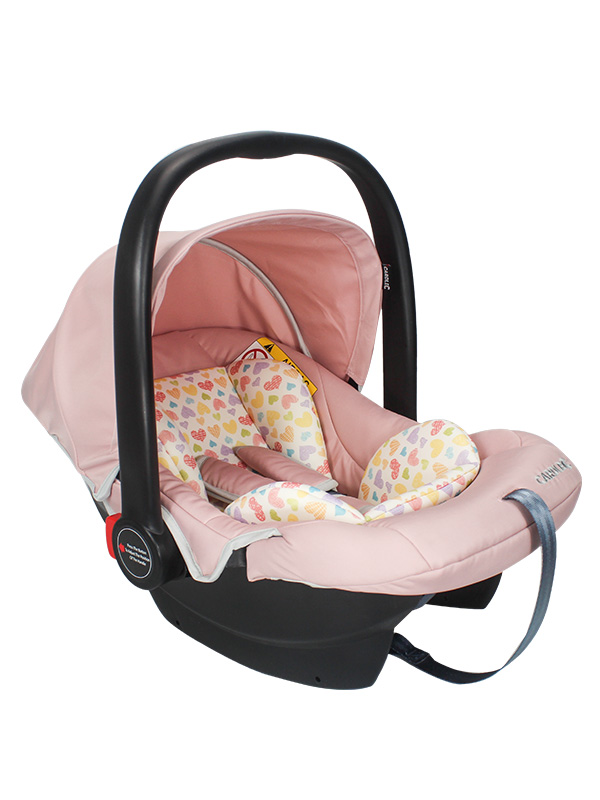Child safety seats play a vital role in protecting young passengers during vehicle travel. As children grow, there comes a time when transitioning from a rear-facing seat to a forward-facing seat becomes necessary. This switch is a significant milestone, but it's important to understand when and how to make the transition safely.
Understanding the Transition:The transition to a forward-facing seat marks a stage where children can face the front of the vehicle during travel. It allows them to have a broader view of their surroundings while maintaining optimal safety. However, it's crucial to consider a few essential factors before making the switch.
Age, Weight, and Height:The general guideline for transitioning to a forward-facing seat is based on your child's age, weight, and height. It is recommended to keep children in rear-facing seats for as long as possible, typically until they reach the maximum weight or height limit specified by the Child Safety Seats manufacturer. Once they outgrow the rear-facing seat, it's time to move to a forward-facing seat.
Child Safety Seats Manufacturer's Guidelines:Always refer to the specific guidelines provided by the child safety seat manufacturer. Each seat has its own weight and height limits for transitioning to a forward-facing position. It's crucial to follow these guidelines to ensure the seat's effectiveness and maintain the safety of your child.
Safety Features and Harness Systems:Forward-facing seats come equipped with a harness system to secure the child in place. Before making the switch, ensure that your child meets the minimum requirements specified by the manufacturer. This includes meeting the weight and height criteria for using the seat's built-in harness.
Installation and Secure Fit:When transitioning to a forward-facing seat, pay close attention to the installation process. Follow the Child Safety Seats manufacturer's instructions to properly install the seat and secure it tightly using the vehicle's seat belts or LATCH system. Ensure that the seat is stable with minimal movement or wobbling.
Additional Tips for a Smooth Transition:Introduce the forward-facing seat gradually: Allow your child to become familiar with the new seat by letting them sit in it for short periods before making it their primary seat.
Communicate the switch: If your child is old enough to understand, explain to them that they are moving to a new seat and reassure them about the added safety and comfort it provides.
Follow best practices for installation: Double-check the seat's position, angle, and secure fit according to the manufacturer's instructions and any additional guidance from your vehicle's owner manual.
Continue rear-facing as long as possible: If your child has not yet outgrown the rear-facing seat, it's recommended to keep them in that position for as long as feasible.

1. This is a"Universal"child redstraint, it is approved to Regulation NO.44.04 series of amendments, for general use in vehicles and it will fit most, but not all, car seats.
2. A correct fit is likely if the vehicle manufacturer has declared in the vehicle handbook that the vehicle is capable of accepting a "Universal"child restraint for this age group.
3. This child restraint has been classified as"Universal"under more stringent conditions than those which applied to earlier designs which do not carry this notice.
4. If in doubt, consult either the child restraint manufacturer or the retailer.

 English
English













